Putting together a large number of contemporary tests of personality, Grimes, Cheek, Julie Norem, and Courtney Brown created the STAR test to measure four kinds of introversion. To figure out your primary introverted type, take this online test:
To find out where you stand on each of the four meanings of introversion, answer the following questions by deciding to what extent each item is characteristic of your feelings and behavior. Fill in the blank next to each item by choosing a number from the following scale:
1 = very uncharacteristic or untrue, strongly disagree
2 = uncharacteristic
3 = neutral
4 = characteristic
5 = very characteristic or true, strongly agree
Social Introversion
____ 1. I like to share special occasions with just one person or a few close friends, rather than have big celebrations.
____ 2. I think it would be satisfying if I could have very close friendships with many people.
____ 3. I try to structure my day so that I always have some time to myself.
____ 4. I like to vacation in places where there are a lot of people around and a lot of activities going on.
____ 5. After spending a few hours surrounded by a lot of people, I am usually eager to get away by myself.
____ 6. I do not have a strong need to be around other people.
____ 7. Just being around others and finding out about them is one of the most interesting things I can think of doing.
____ 8. I usually prefer to do things alone.
____ 9. Other people tend to misunderstand me—forming a mistaken impression of what kind of person I am because I don’t say much about myself.
____ 10. I feel drained after social situations, even when I enjoyed myself.
Thinking Introversion
____ 1. I enjoy analyzing my own thoughts and ideas about myself.
____ 2. I have a rich, complex inner life.
____ 3. I frequently think about what kind of person I am.
____ 4. When I am reading an interesting story or novel or when I am watching a good movie, I imagine how I would feel if the events in the story were happening to me.
____ 5. I seldom think about myself.
____ 6. I generally pay attention to my inner feelings.
____ 7. I value my personal self-evaluation, that is, the private opinion I have of myself.
____ 8. I sometimes step back (in my mind) in order to examine myself from a distance.
____ 9. I daydream and fantasize, with some regularity, about things that might happen to me.
____ 10. I am inclined to be introspective, that is, to analyze myself.
Anxious Introversion
____ 1. When I enter a room I often become self-conscious and feel that the eyes of others are upon me.
____ 2. My thoughts are often focused on episodes of my life that I wish I’d stop thinking about.
____ 3. My nervous system sometimes feels so frazzled that I just have to get off by myself.
____ 4. I am confident about my social skills.
____ 5. Defeat or disappointment usually shame or anger me, but I try not to show it.
____ 6. It does not take me long to overcome my shyness in new situations.
____ 7. I feel relaxed even in unfamiliar social situations.
____ 8. Even when I am in a group of friends, I often feel very alone and uneasy.
____ 9. My secret thoughts, feelings, and actions would horrify some of my friends.
____ 10. I feel painfully self-conscious when I am around strangers.
Restrained Introversion
____ 1. I like to be off and running as soon as I wake up in the morning.
____ 2. I’ll try anything once.
____ 3. For relaxation I like to slow down and take things easy.
____ 4. I like to wear myself out with exertion.
____ 5. I often say the first thing that comes into my head.
____ 6. I generally seek new and exciting experiences and sensations.
____ 7. I like to keep busy all the time.
____ 8. I often act on the spur of the moment.
____ 9. I sometimes do “crazy” things just to be different.
____ 10. I often feel sluggish.
How’d you do?
To find out your score for each of the four kinds of introversion,RECODE the following Reverse-Worded items: (1=5) (2=4) (4=2) (5=1):
Social Introversion items: 2, 4, & 7
Thinking Introversion item: 5
Anxious Introversion items: 4, 6, & 7
Restrained Introversion items: 1, 2, 4, 5, 6, 7, 8, & 9
Next, add together all the numbers to come up with a total score.
Here’s a guide of how you scored compared to others in the general population:
- Social Introversion — below 24 low, around 30 average, above 36 high
- Thinking Introversion — below 28 low, around 34 average, above 40 high
- Anxious Introversion — below 23 low, around 30 average, above 37 high
- Restrained Introversion — below 25 low, around 31 average, above 37 high
This alternative way of assessing introversion is not likely to be embraced by Big Five personality researchers [6]. But if it offers you a more satisfying, personally meaningful way to glean insight into your unique personality, feel free to throw the Big Five framework out the window.
© 2014 Scott Barry Kaufman, All Rights Reserved.
Acknowledgement: Thanks to Connor Child at Qzzr for his help with the online quiz, and Jennifer Odessa Grimes and Jonathan Cheek for their help with this post.
[1] This list is adapted from Jonathan Cheek’s book review, which can be found here.
[2] As another example, take people who conceptualize themselves as highly introverted because they are very introspective and value their rich inner mental lives, but who score high in enthusiasm and assertiveness on the Big Five test. These folks are being told by modern personality psychologists: “You are really an extrovert who is also high in intellect/imagination.” For those who have spent their entire lives equating their love of thinking and fantasy with their “introversion”, they respond: “huh?” In the Big Five, imagination, fantasy, and introspection are positively associated with Extraversion. But if we do away with the label of introversion in the Big Five, then that allows a person to be introverted in the thinking/introspective sense but also be an extravert in the Big Five sense (high in enthusiasm and assertiveness).
[3] Popular writers on introversion are also not pleased with this psychological imperialism. For instance, in Sophia Sembling’s book The Introvert’s Way, she has a chapter titled “Introverts are Not Failed Extroverts”.
[4] Keep in mind, the Big Five is a descriptive model; it merely describes patterns of covariation between people. The labels used to describe the five personality dimensions are subjective. A lot of the arguments over what counts as introversion come down to a naming game. In my view, it’s really unfortunate that Big Five researchers started to use the label “introversion” to mark the lower end of extraversion. It wasn’t always this way. In fact, the original name for “extraversion” in the Big Five was “Surgency“. If it were up to me, it would have stayed that way, leaving the label “introversion” free to continue roaming the personality landscape. As Jonathan Cheek told me, “if the Big Five folks would just go back to that phrase [“Surgency”], they would not be crossing swords with folk psychology/ordinary language introverts. Perhaps introversion should *not* be used as a label in the Big Five system.” I agree.
[5] Here is the link to the research report about the new STAR scale. You might be wondering: “What about the Myers-Briggs Type Indicator (MBTI) test? Isn’t that good enough to measure introversion?” Well, no it isn’t. As it turns out, the MBTI extraversion-introversion scale only includes items relating to being talkative, gregarious, and sociable (vs. quiet and reserved). Since there’s not a single item on the MBTI extraversion-introversion dimension that mentions being introspective or reflective, even the MBTI doesn’t measure Jung’s original conceptualization of the term!
[6] Big Five researchers could make the case that each of these four meanings of introversion can easily be mapped onto the Big Five framework. For instance, they could argue that:
-Social introversion is really just “low enthusiasm” (part of the extraversion domain)
-Thinking introversion is not part of the extraversion-introversion domain at all, but really is “high intellect/imagination”
-Anxious introversion is really just a blend of “high neuroticism” and “low assertiveness” (part of the extraversion domain)
-Restrained introversion” is a blend of a number of lower-order extraversion-related traits, including “low sensation seeking”, “low excitement seeking”, and “low activity”.

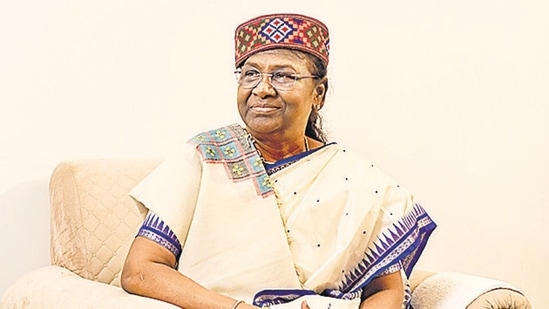
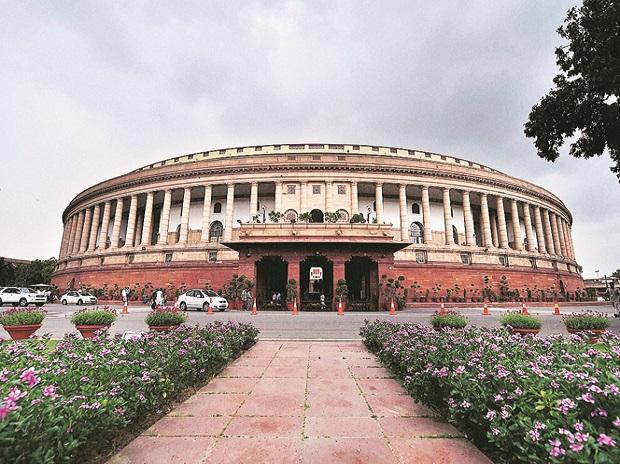






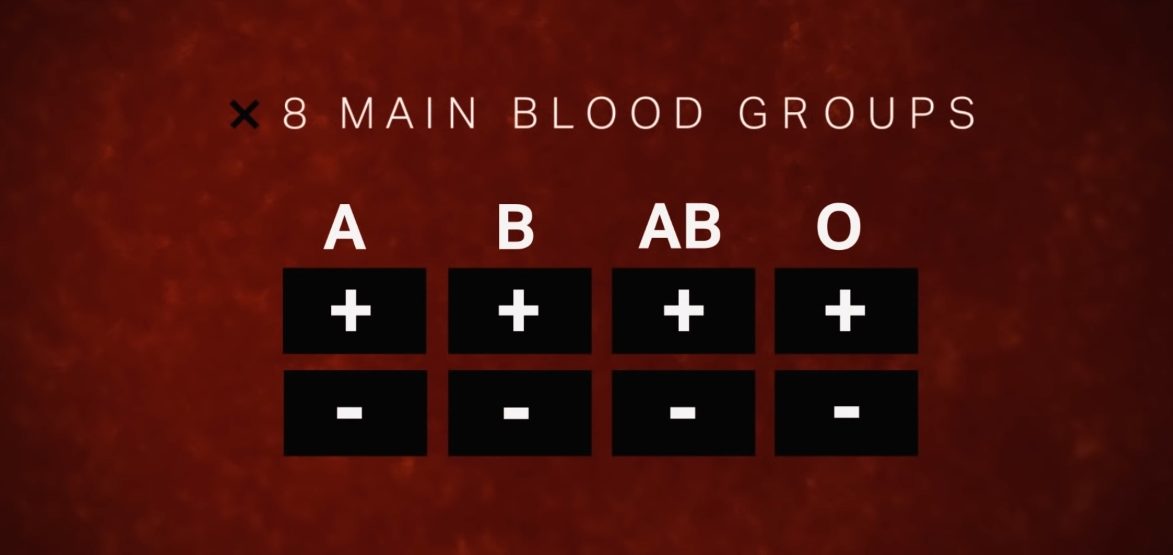
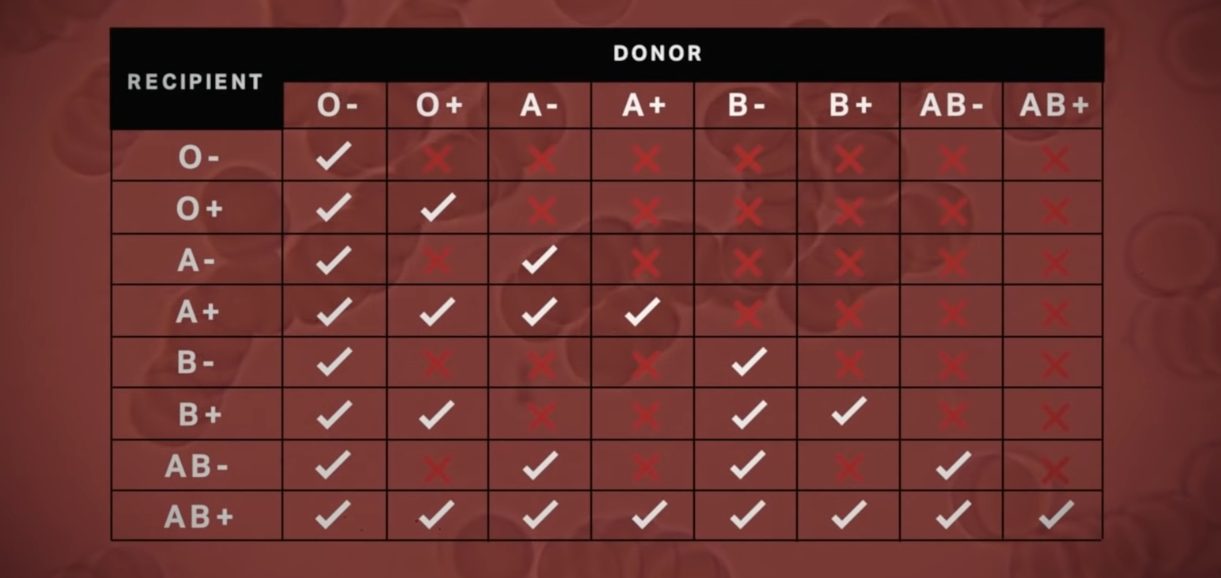


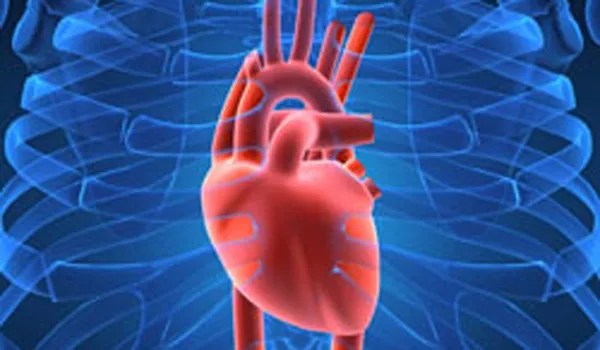

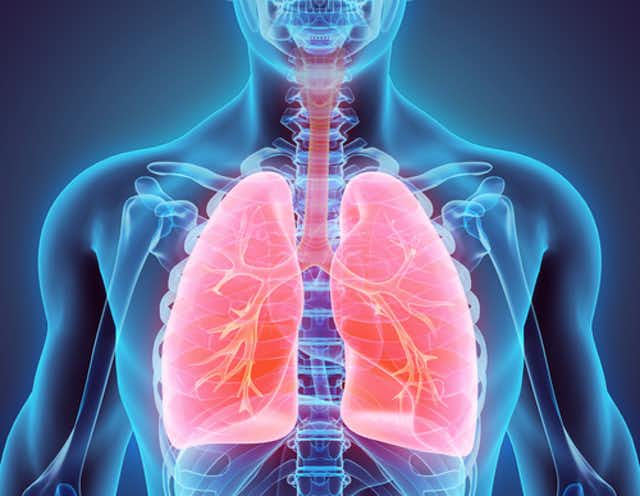

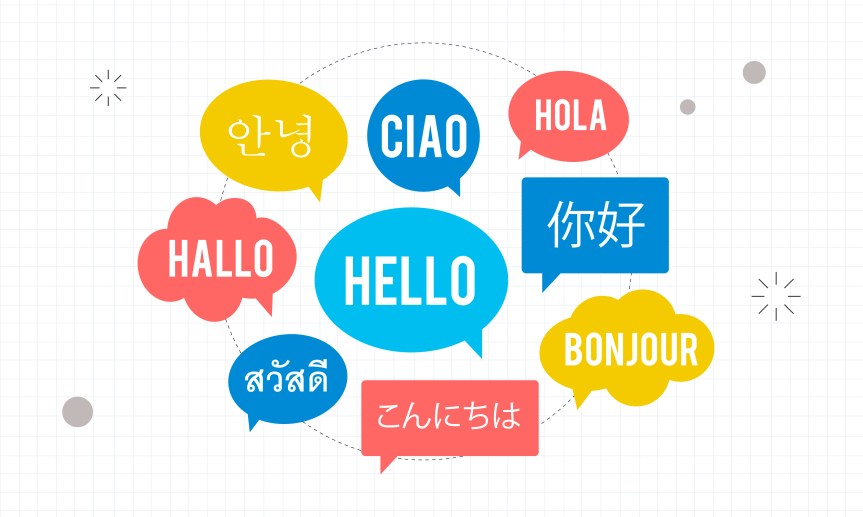
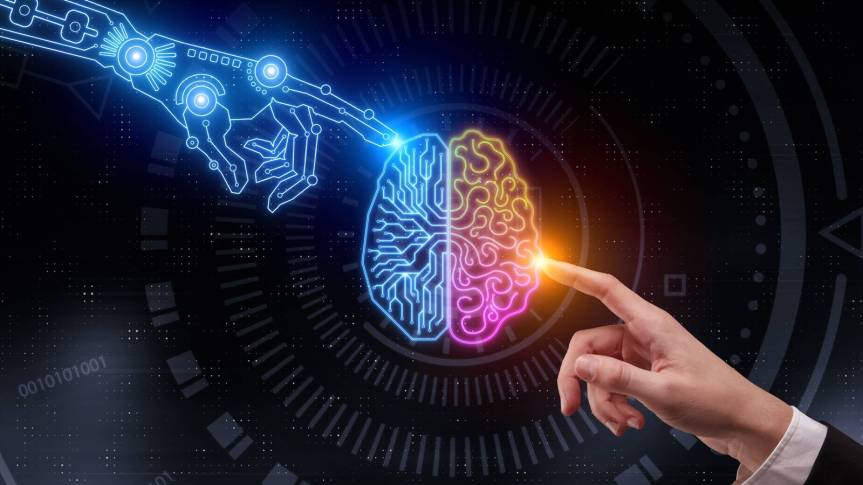



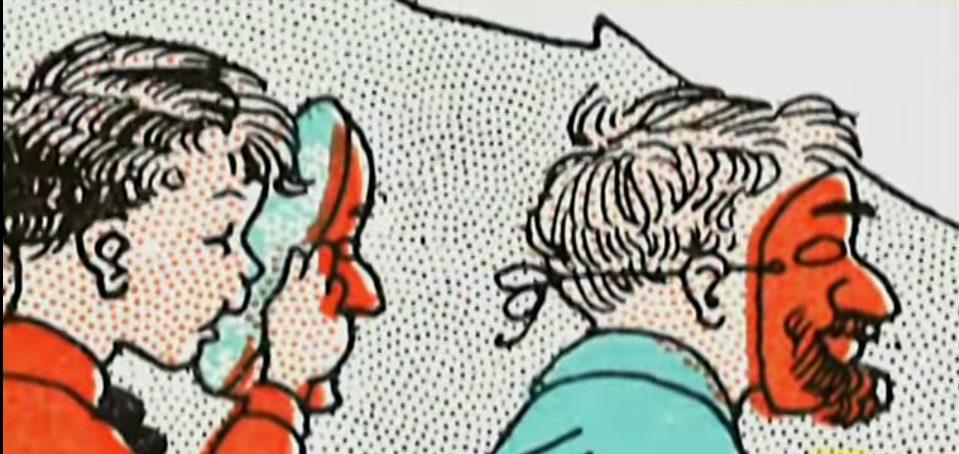



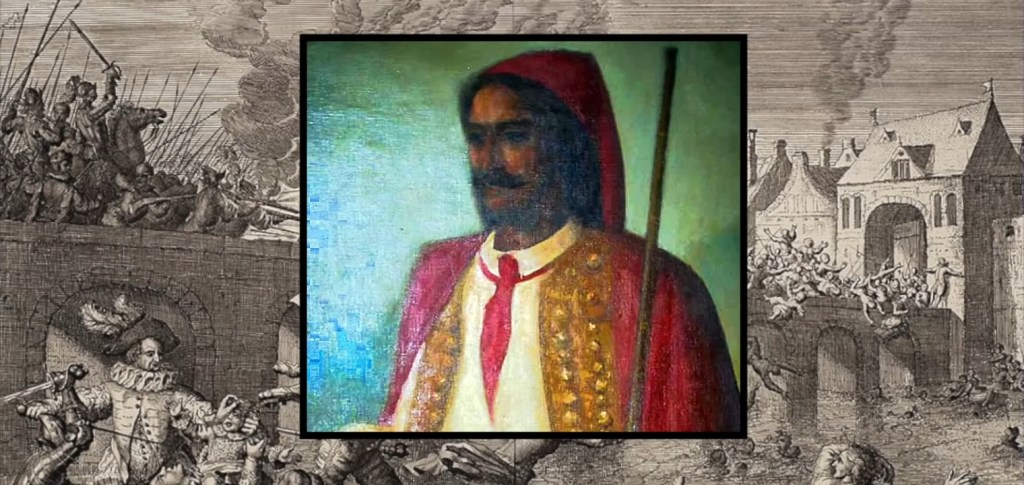




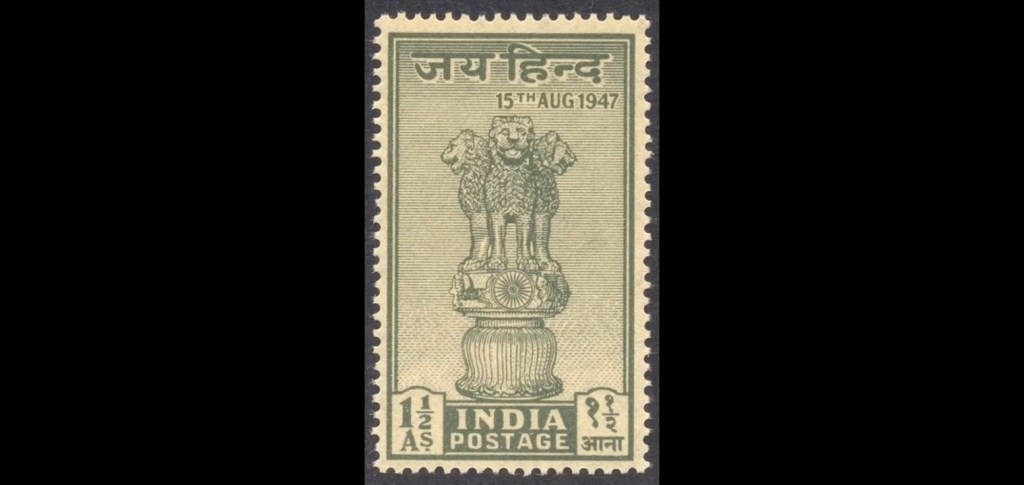
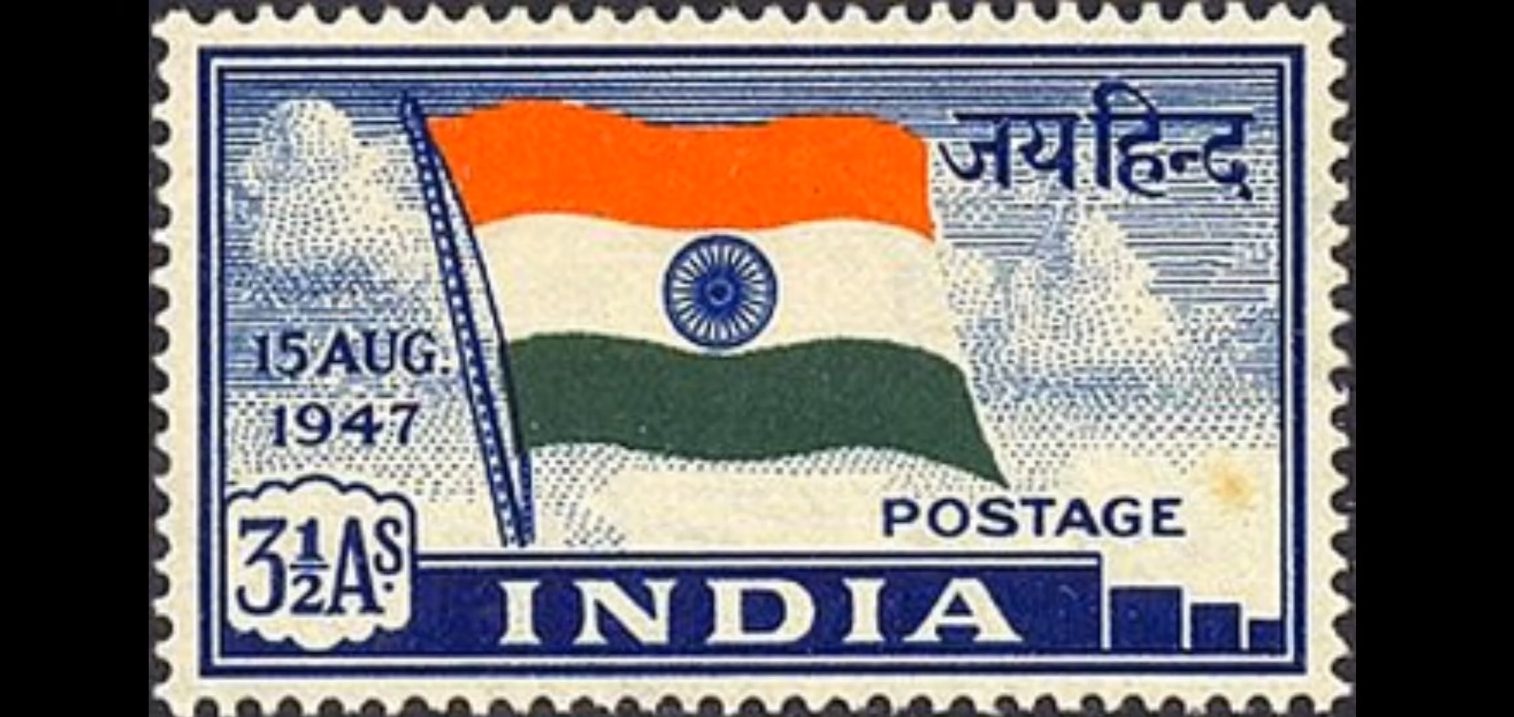
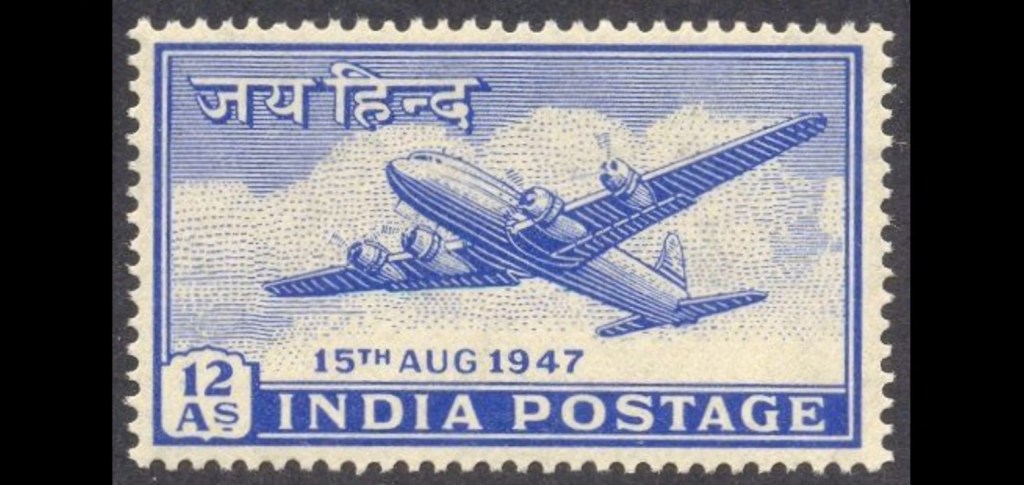

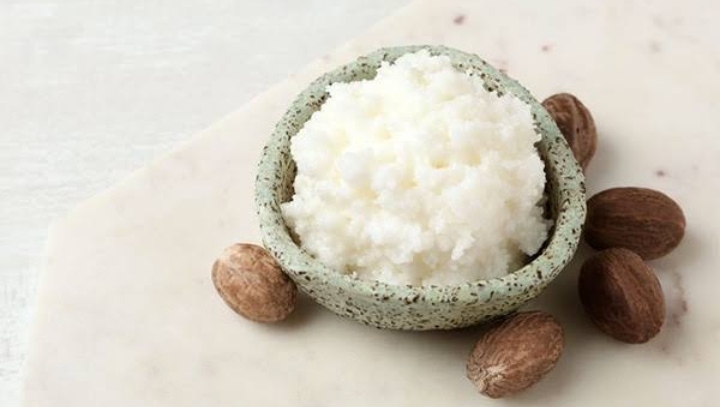


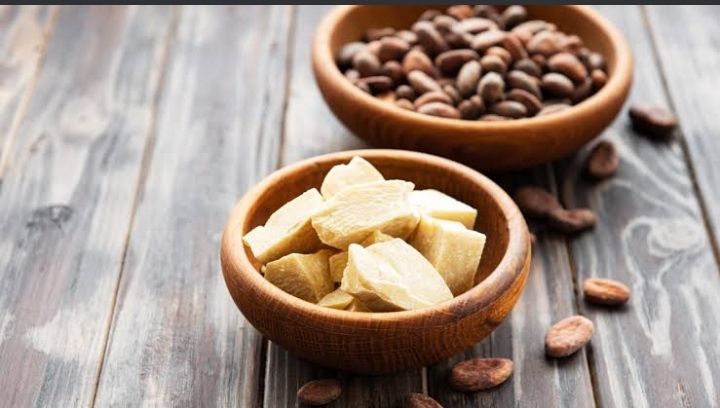
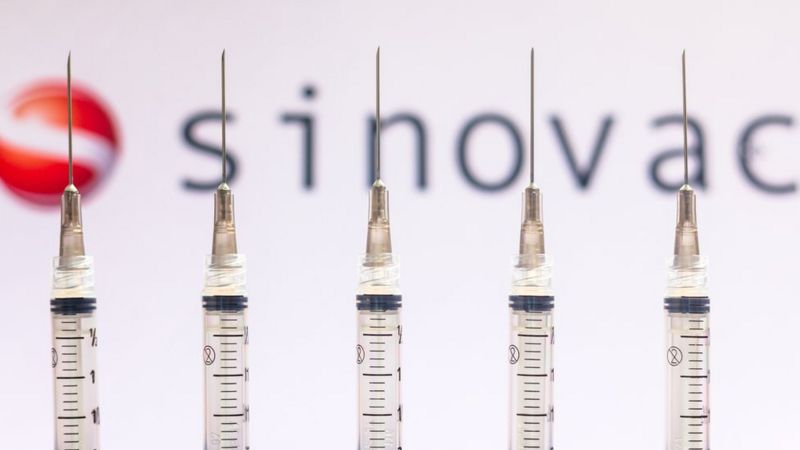




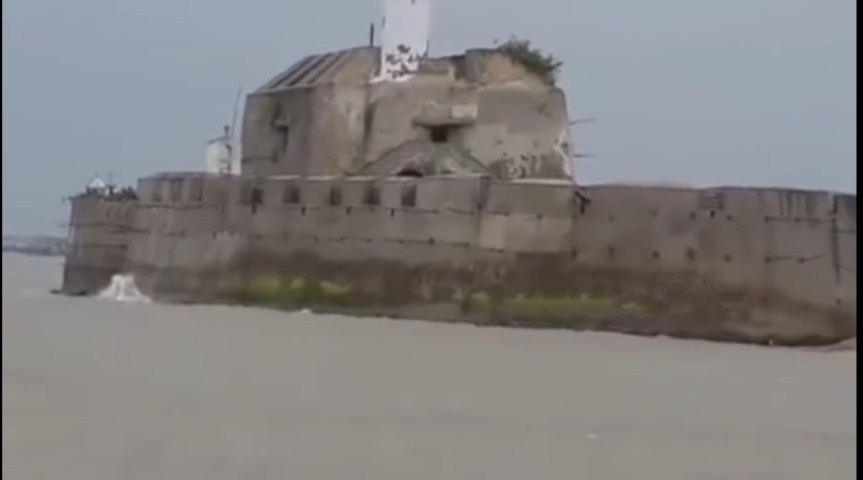




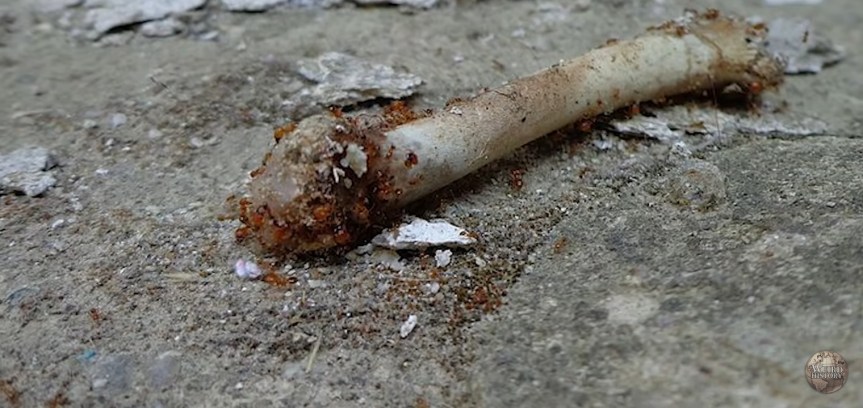



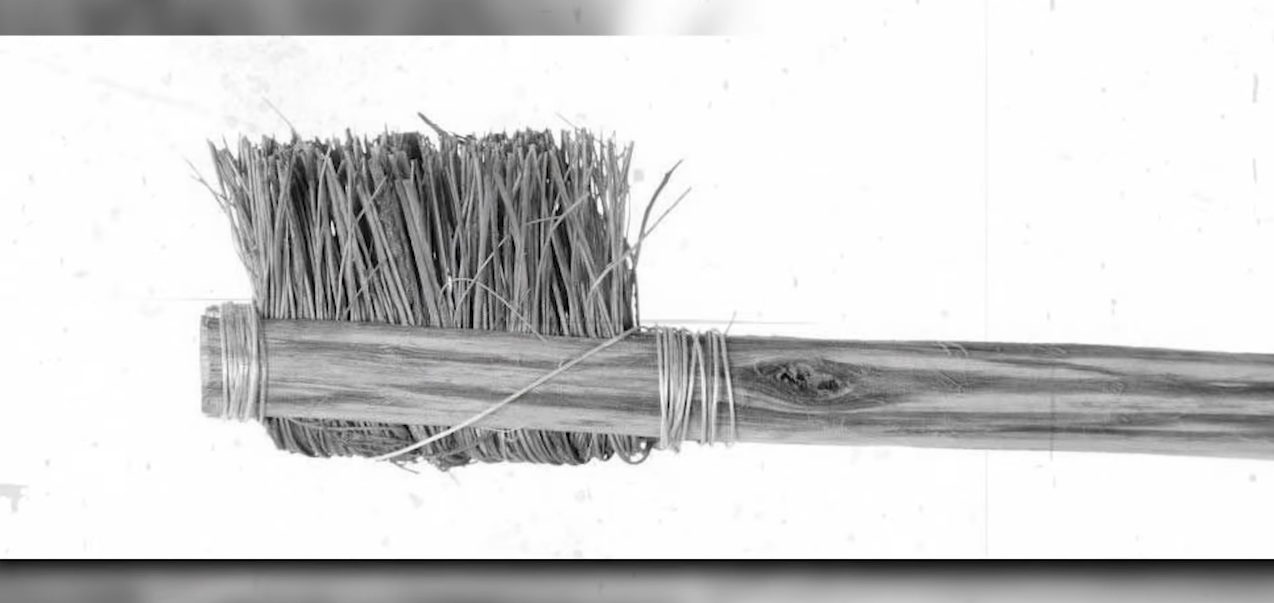

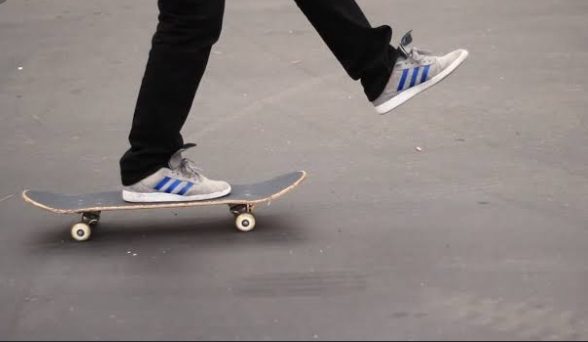



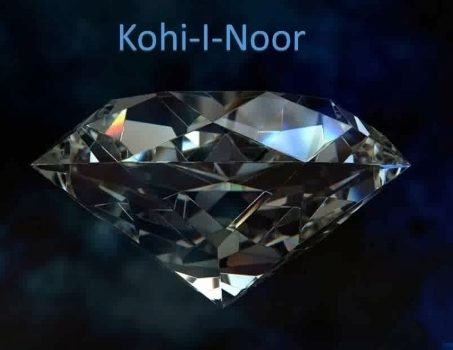


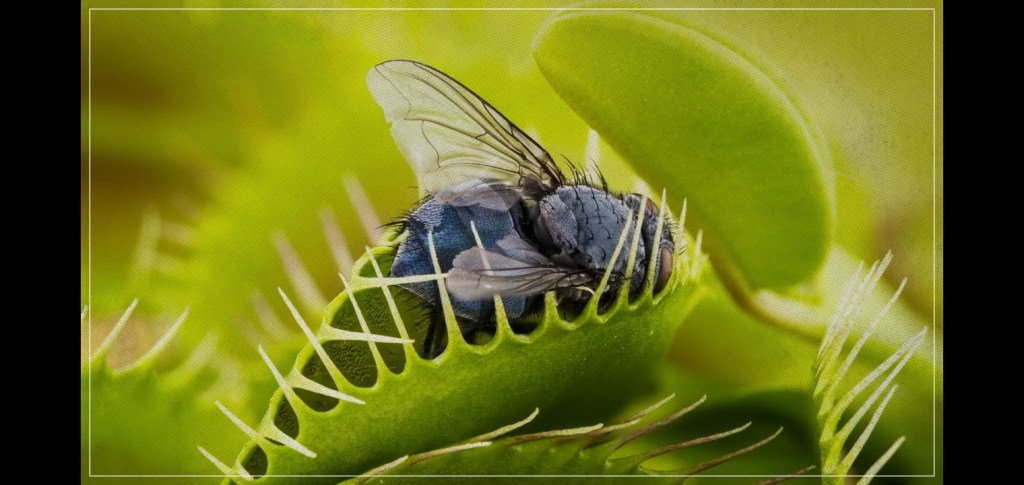

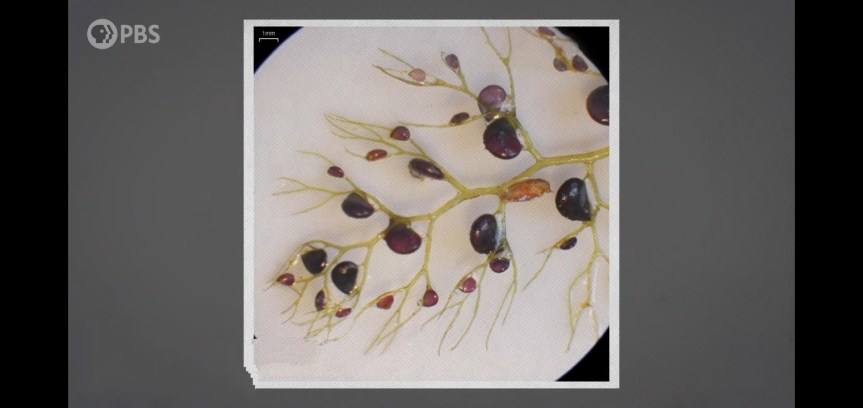







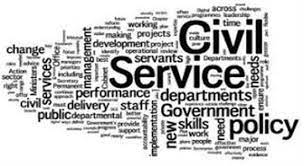
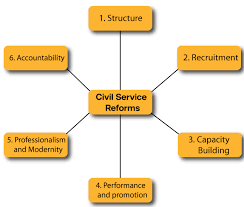
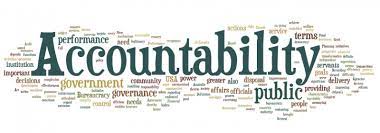
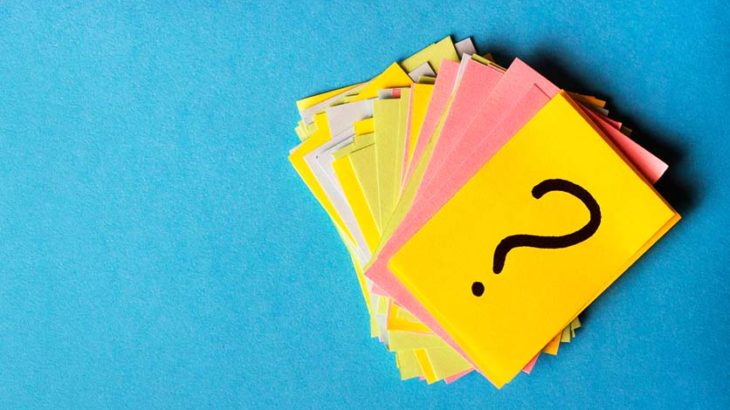

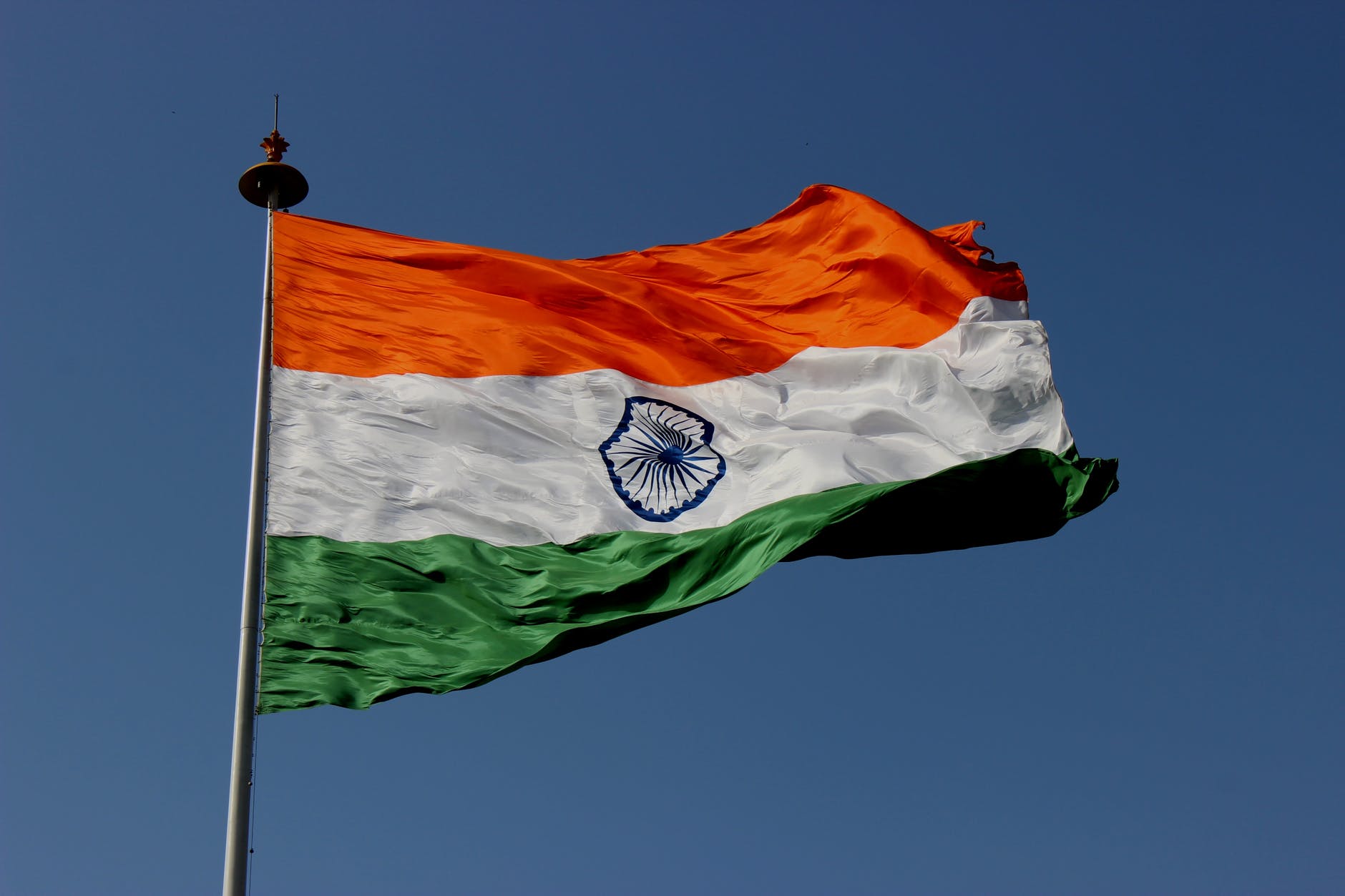

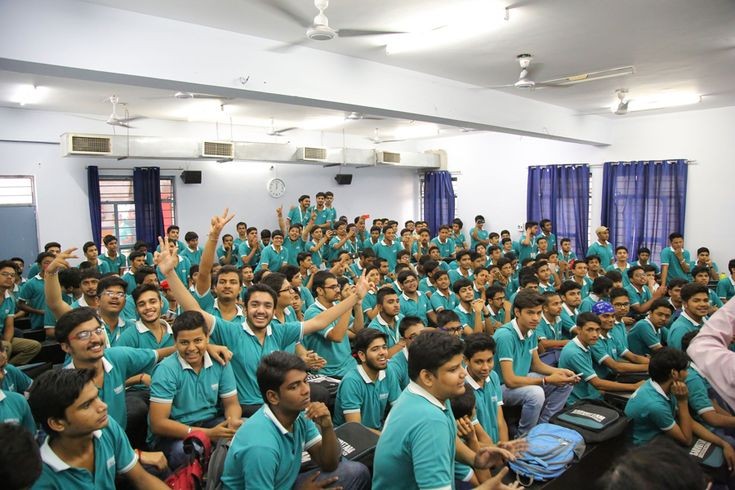


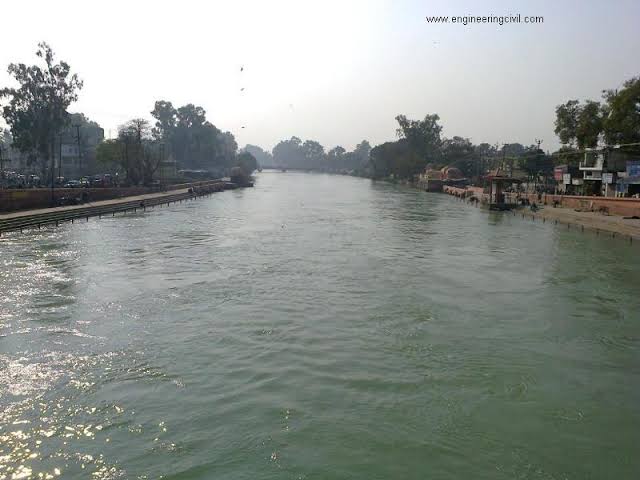


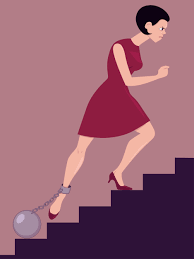




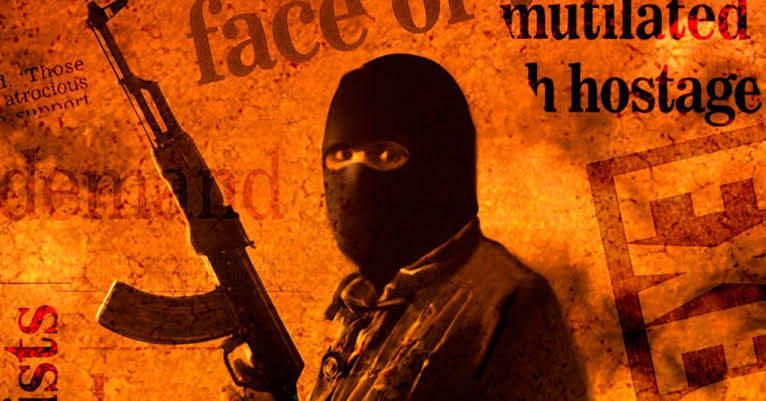

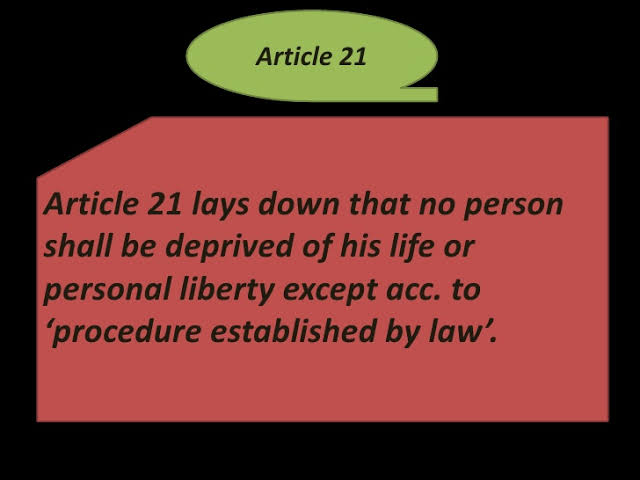




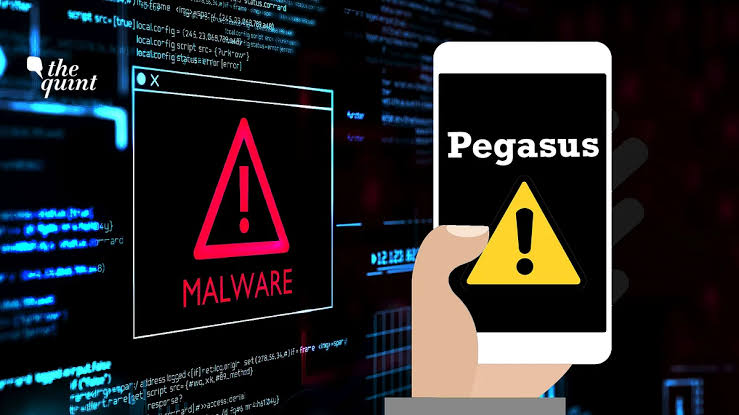
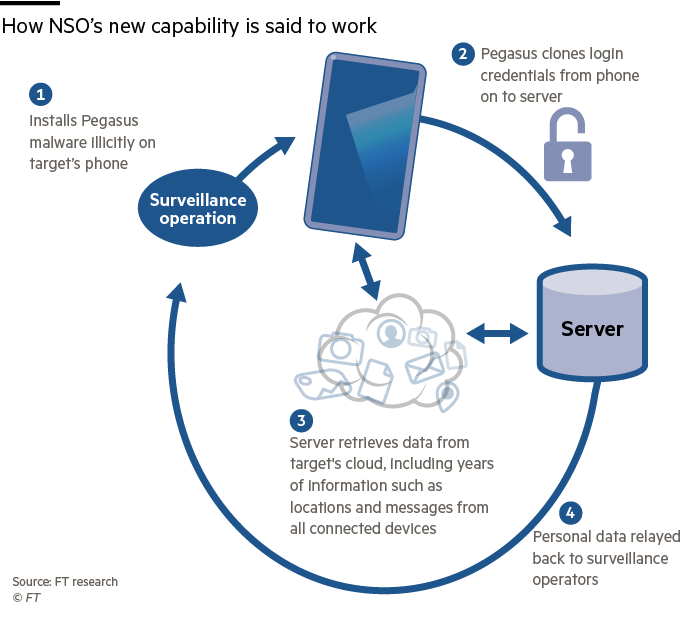
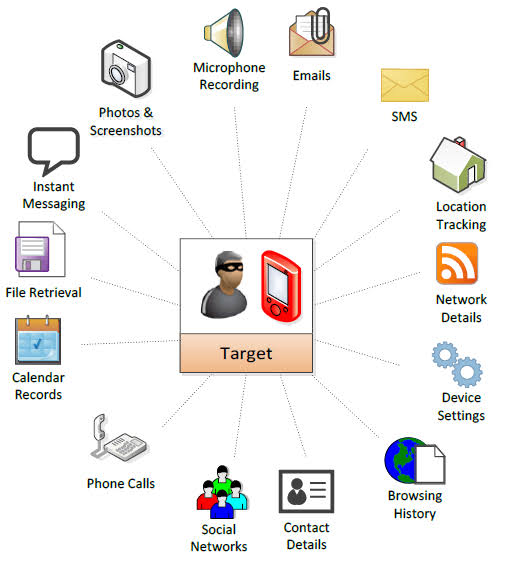

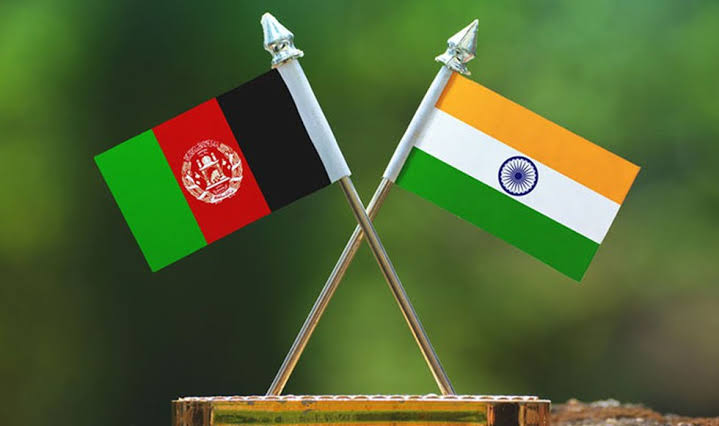

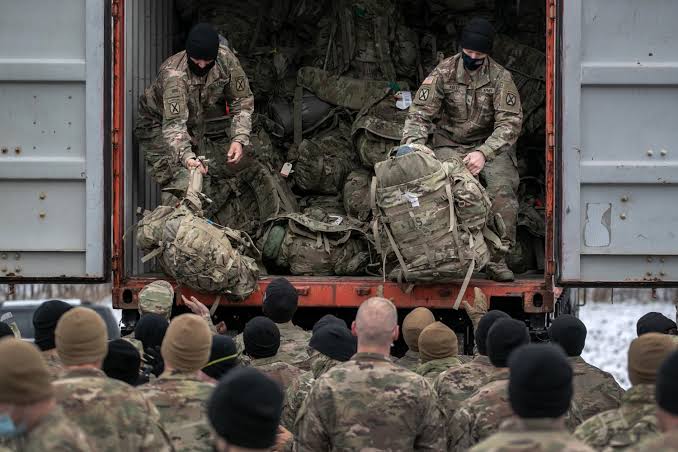


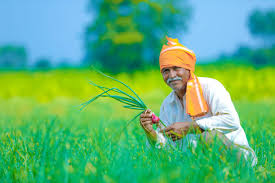
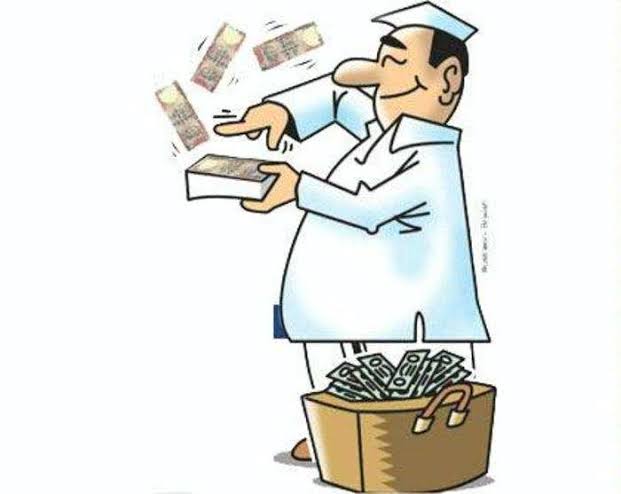
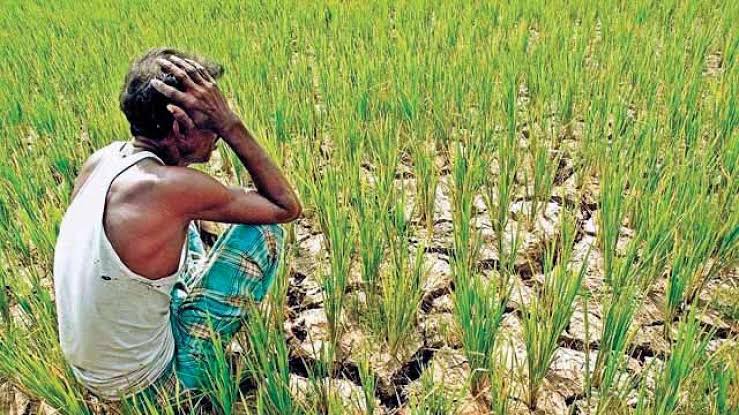
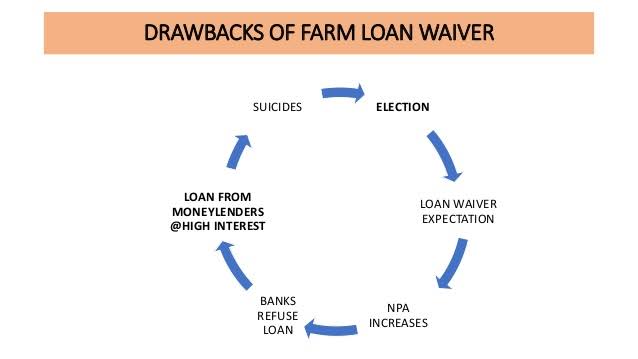




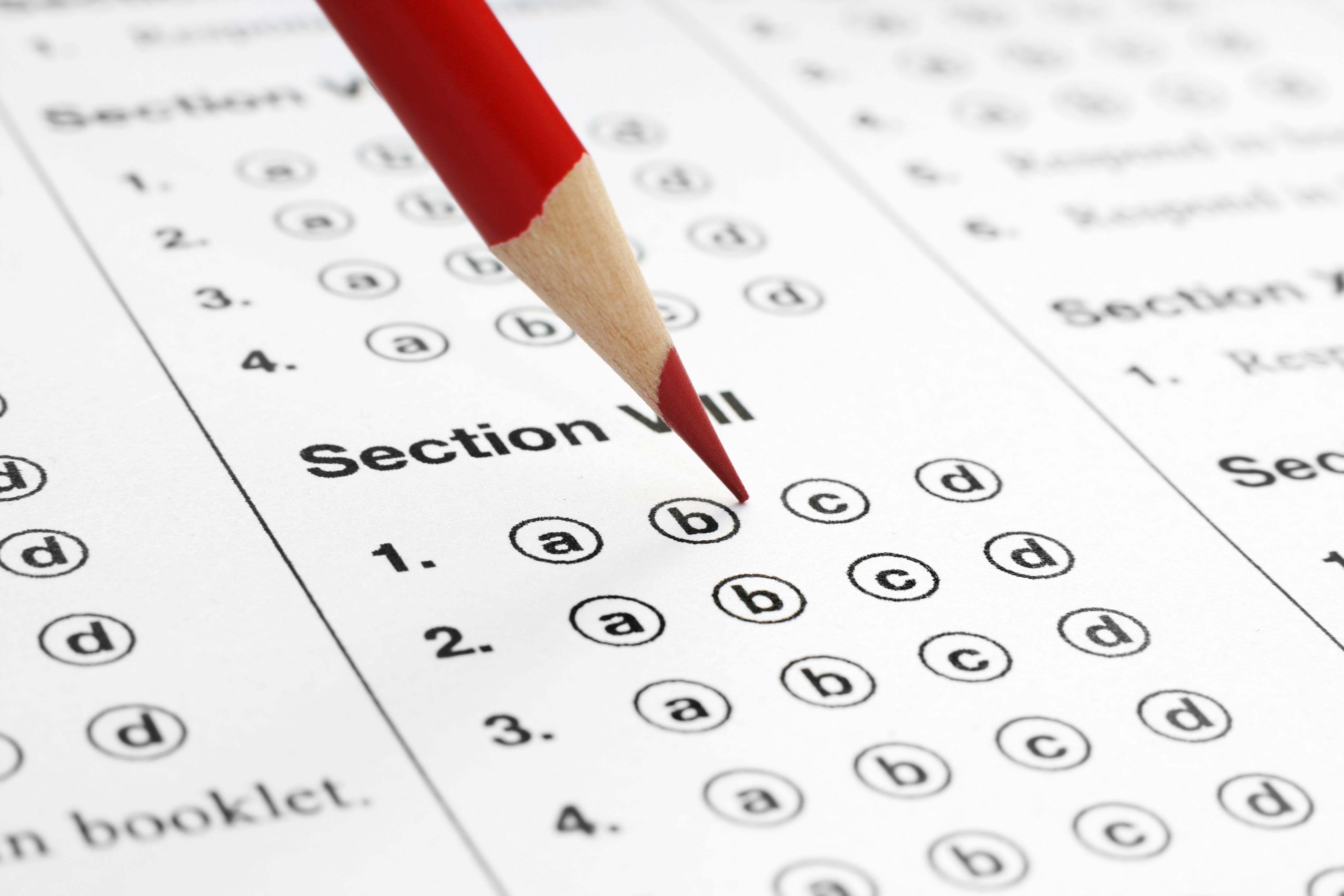



You must be logged in to post a comment.